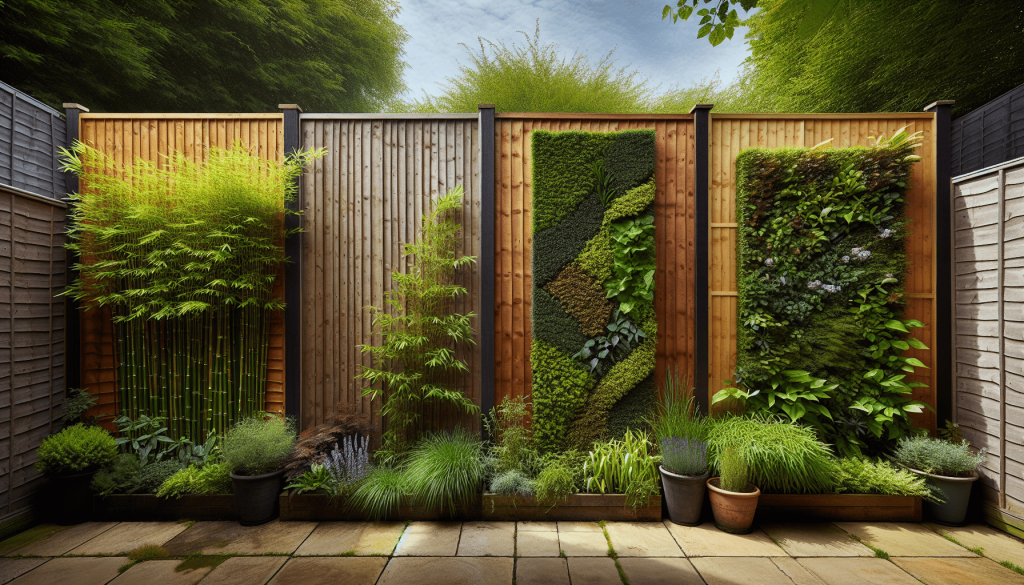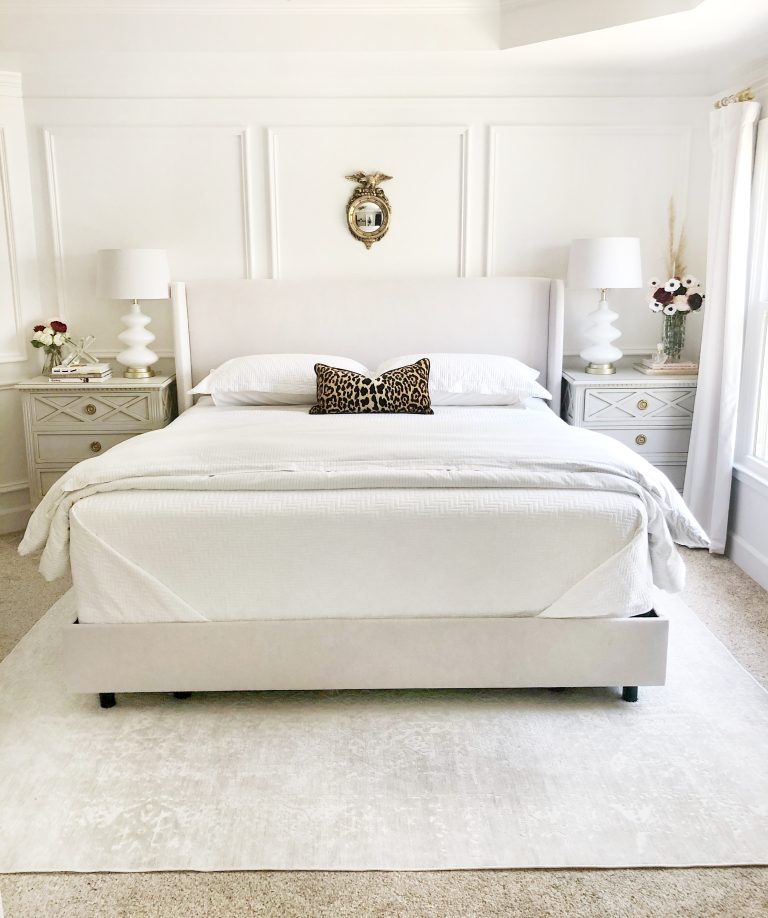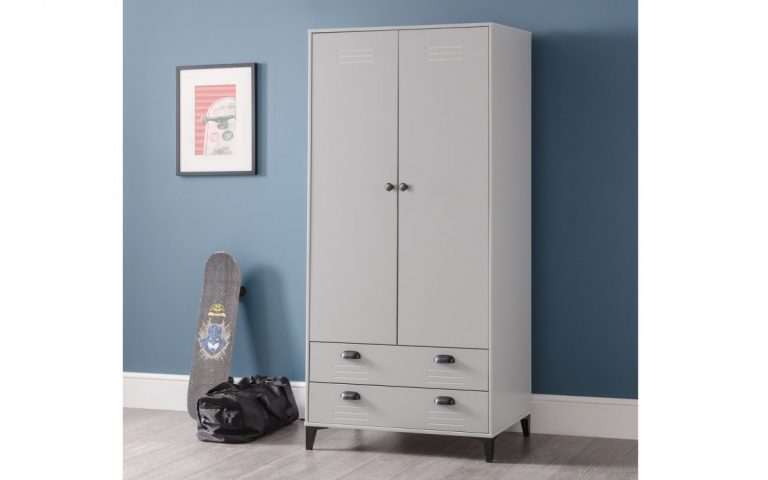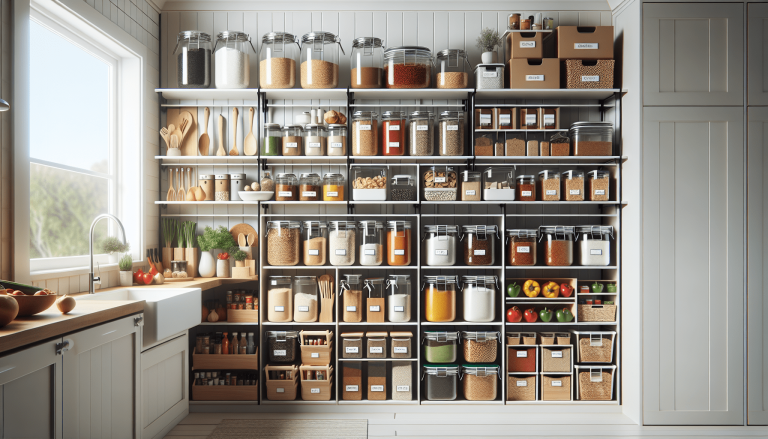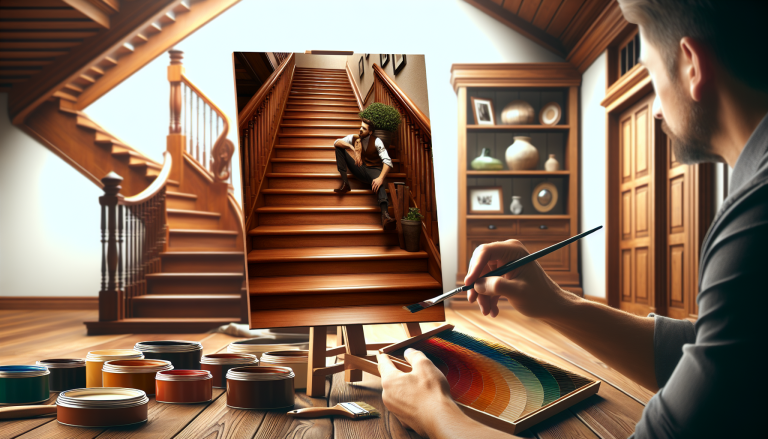When it comes to creating a sanctuary in your garden, privacy is often a top priority. Whether you want to enjoy some quiet time alone or relax with friends and family without prying eyes, garden privacy screens can be the perfect solution. But before you rush into making a decision, there are a few key considerations to keep in mind, especially if you’re in the UK. From legal restrictions to aesthetic appeal, this article will explore the important factors you need to consider when choosing garden privacy screens for your outdoor space. So, let’s dive in and find out what you need to know to create your own private oasis.
Table of Contents
ToggleLegal Considerations
Permitted development rights
When considering installing a garden privacy screen, it is important to understand the permitted development rights in your area. Permitted development rights refer to the allowances given to homeowners for certain types of development without the need for planning permission. These rights may vary depending on your location, so it is essential to consult local regulations or seek advice from a professional to ensure compliance.
Restrictions in conservation areas
If your property is located in a conservation area, additional restrictions may apply regarding the installation of garden privacy screens. Conservation areas aim to protect the historical and architectural value of certain areas, often presenting stricter guidelines for any alterations or additions. It is crucial to check with your local council or a planning consultant to understand any specific regulations that may be relevant in your situation.
Planning permission requirements
In some cases, obtaining planning permission may be necessary before installing a garden privacy screen. This requirement typically applies to larger or more permanent structures, such as high privacy fences or screens that exceed certain height restrictions. It is advisable to consult with your local planning department or a professional to determine if planning permission is required for your project.
Purpose and Design
Determining the purpose of the privacy screen
Before selecting a privacy screen, it is essential to determine the primary purpose it will serve in your garden. Is it to create a secluded space for relaxation, block out unpleasant views, or provide a barrier for noise reduction? Understanding the purpose will help you select the most appropriate design and materials to fulfill your specific needs.
Selecting an appropriate design
Garden privacy screens come in various designs, ranging from simple panels to decorative trellises or living walls. When choosing a design, consider the overall aesthetic of your garden and how the screen will complement your existing landscaping. Additionally, think about the level of privacy you wish to achieve and whether you prefer a screens-only approach or one that incorporates natural vegetation for added visual interest.
Materials
Natural materials
Using natural materials for your privacy screen can enhance the overall look and feel of your garden. Materials such as bamboo, wood, or living greenery provide a more organic and environmentally-friendly solution. However, it is important to consider the maintenance requirements and lifespan of these materials, as they may require regular upkeep or replacement over time.
Artificial materials
Alternatively, artificial materials like vinyl or composite panels offer a low-maintenance and durable option for garden privacy screens. These materials are often resistant to fungal decay, pests, and harsh weather conditions, ensuring longevity and reducing the need for frequent maintenance. However, it is important to choose high-quality artificial materials to ensure they do not have an artificial or cheap appearance.
Height and Size
Optimal height for privacy
Determining the height of your garden privacy screen is crucial to achieving the desired level of privacy. Take into account the surrounding environment, the proximity of neighboring properties, and any potential sightlines from higher points nearby. A well-placed screen that is of an appropriate height can provide the necessary privacy while still allowing for natural light and airflow in your garden.
Sizing considerations for the garden space
Consider the available space in your garden when selecting the size of your privacy screen. Be mindful not to overpower smaller gardens with oversized screens, as this can make the space feel cramped. On the other hand, in larger gardens, it may be necessary to install multiple smaller screens strategically to create privacy in different areas. Carefully assess the dimensions of your garden to determine the most suitable size and layout for your privacy screen.
Installation
DIY or professional installation
Installing a garden privacy screen can be a DIY project if you have the necessary skills and tools. However, it is recommended to hire a professional installer, especially for larger or more complex structures. Professional installation ensures proper placement, secure attachment, and adherence to any local regulations or planning permission requirements. It also gives you peace of mind knowing the screen is installed correctly and will stand the test of time.
Ensuring secure and stable installation
Regardless of whether you choose DIY or professional installation, it is vital to ensure the privacy screen is securely and stably installed. Strong and durable posts or supports should be used, and proper anchoring techniques should be employed to prevent the screen from being easily dislodged by strong winds or accidental impact. Regularly inspect the installation to identify any signs of damage or weakening and promptly address any issues to maintain the stability of the screen.
Maintenance
Cleaning and upkeep
Regular cleaning and upkeep of your garden privacy screen are necessary to keep it looking its best and functioning effectively. Depending on the material used, cleaning methods may vary, but generally, a gentle wash with mild soap and water followed by rinsing is sufficient. Avoid using abrasive cleaners or tools that may scratch or damage the screen. Inspect the screen periodically for any signs of wear, damage, or vegetation growth and address any issues promptly to prevent further deterioration.
Potential repair and replacement needs
Over time, it is possible that your garden privacy screen may encounter wear and tear or sustain damage due to weather, accidental impact, or other factors. Having a plan for potential repair or replacement is essential to prolong the lifespan of your screen. Keep spare parts or materials handy (if applicable) and contact a professional if extensive repairs or replacements are required.
Neighbors and Boundaries
Respecting neighbors’ privacy
While a garden privacy screen is intended to provide privacy for your space, it is crucial to consider the impact it may have on your neighbors. Respect their need for natural light and airflow by choosing a design that balances privacy without completely blocking these essential elements. Communicate with neighbors about your plans and factor in their concerns or suggestions. Being considerate of your neighbors’ views and privacy can help maintain good relationships within the community.
Boundary disputes and legal implications
Installing a garden privacy screen may sometimes lead to boundary disputes with neighbors, especially if the screen encroaches on their property or violates any legal boundaries. It is crucial to accurately determine property lines and consult with professionals, such as land surveyors or property lawyers, to avoid potential legal implications. Resolving boundary disputes through open communication and, if necessary, legal mediation, can help maintain a harmonious neighborhood.
Light and Airflow
Balancing privacy with natural light and airflow
One crucial consideration when installing a garden privacy screen is to ensure a balance between privacy and the availability of natural light and airflow. Blocking too much light and airflow can lead to a stifling or gloomy garden space. Choose a design that incorporates gaps or openings, such as a lattice pattern, to allow light and air to pass through while still providing the desired level of privacy.
Consideration of nearby structures and vegetation
When selecting the location and design of your privacy screen, take into account any nearby structures or vegetation that may impact natural light and airflow. For example, a tall screen placed too close to a bedroom window may excessively shade or restrict air circulation. Similarly, surrounding trees or bushes may cast shadows or create additional privacy, allowing you to opt for a less opaque screen. Consider the interactions between your privacy screen, existing structures, and vegetation to optimize the overall garden environment.
Durability and Longevity
Choosing durable materials
Selecting durable materials for your garden privacy screen is essential to ensure its longevity and performance. Consider factors such as the material’s resistance to moisture, insects, rot, and UV damage. Often, materials like treated hardwood, metal, or high-quality artificial composites offer greater durability and longer lifespans. Regularly maintain and inspect the screen for signs of deterioration or damage, addressing any issues promptly to extend its overall lifespan.
Weather resistance and lifespan
The UK’s climate can be unpredictable, with rain, wind, and fluctuating temperatures. Therefore, it is crucial to choose a privacy screen that is weather-resistant and capable of withstanding these conditions. Opt for materials that are known for their weather resistance, such as pressure-treated wood or powder-coated metals. Regularly assess the screen’s condition and perform any necessary maintenance to ensure its longevity in the face of challenging weather conditions.
Cost and Budget
Evaluating overall cost
Before making a decision, it is important to evaluate the overall cost of installing a garden privacy screen. Consider the material costs, any professional installation fees, as well as potential maintenance or repair expenses. Comparing quotes from different suppliers or professionals can help you make an informed decision based on your budget.
Considering long-term value for money
While it may be tempting to opt for the most affordable option, it is valuable to consider the long-term value for money. Investing in a higher-quality and more durable privacy screen may initially cost more but can save you money in the long run by reducing the need for frequent replacements or repairs. Strike a balance between your budget and the desired quality to ensure you make a wise investment decision.
In conclusion, installing a garden privacy screen in the UK involves several key considerations. Understanding the legal requirements, determining the purpose and design, selecting appropriate materials, and considering factors such as height, installation, maintenance, and neighborhood dynamics will help you make an informed decision. By carefully evaluating these aspects, you can create a private, comfortable, and aesthetically pleasing outdoor space to enjoy in the years to come.

